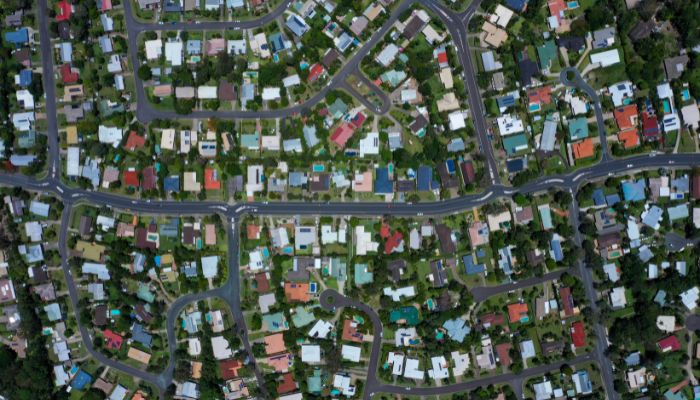
Queensland’s Budget 2023-24 unveiled the state government’s plans for housing and property markets.
Investment in social and affordable housing
A highlight of the State’s Budget is the $5bn investment for the delivery of social and affordable housing, and housing and homelessness supports.
The investment includes a $3bn to support the Housing and Homelessness Action Plan 2021-2025 and a $2bn investment for the Housing Investment Fund.
This is considered the largest concentrated investment in Queensland’s history. Here are some of the highlights included in this historic investment:
- $322m to expand the Quickstarts Queensland social housing construction program by an additional 500 homes.
- $249.1m to retain and upgrade dwellings for social housing.
- An average $130m every year from the $2bn Housing Investment Fund, that will be invested in affordable and social housing outcomes.
- $64.3m will be used to purchase, lease and operate emergency supported accommodation in Brisbane.
- $28m will go towards the Immediate Housing Response Package in 2023-24 to provide emergency accommodation for families living in insecure and unsafe conditions and rental support to help people maintain tenancies.
- $13.9m will be provided to support three former retirement villages turned into emergency accommodation in Redlands, Toowoomba and Clayfield.
- More than $128m will be utilised to improve housing outcomes for Aboriginal and Torres Strait Islander Peoples including dedicated funding to roll out the second First Nations Housing Action Plan and funding to deliver housing supply in Queensland’s 17 remote and discrete communities.
- $30m will back the expansion of the Helping Seniors Secure Their Homes initiative to include the greater Cairns region and Toowoomba.
Queensland Premier Annastacia Palaszczuk said these policies are focused on tackling the impacts of national cost-of-living and housing pressures.
“We’re pulling every lever possible to ensure Queenslanders have a roof over their head,” she said.
Regional housing program for essential workers
One of the announced programs was the investment in government employee housing, the largest ever on record.
The program aims to take pressure off regional housing markets and bring down the cost of renting.
The four-year program will commence with a $118.2m commitment to kick-off the plan to build more than 400 homes and maintain an existing portfolio of around 3,000 homes for frontline workers in regional communities.
Ms Palaszczuk said this investment will help ensure essential workers in communities are not putting extra pressure on the private rental market.
“This is especially for the hardworking men and women who work to protect, help and better the lives of Queenslanders across the state,” she said.
“These homes will help attract more critical workers to remote parts of the state, including health professionals like doctors, nurses and paramedics, as well as teachers, police and fire personnel, who would otherwise rent privately.”
The investment includes $39.4m to double the trades workforce and $23.6m to enhance QBuild depots to build and maintain more homes across the state.
Tax reform: a missed opportunity?
Real Estate Institute of Queensland (REIQ) CEO Antonia Mercorella said this year’s budget had missed a valuable opportunity to reform property tax.
“Stamp duty significantly hinders home ownership, discourages housing turnover, and restricts mobility, and it’s abolishment would open doors in Queensland for many,” she said.
Ms Mercorella said the windfall from coal royalties gave the government the opportunity to scrap stamp duty and move to a long-term, broad-based land tax.
“Taxes from property have doubled over the last decade, hitting property investors who provide the vast majority of housing for Queenslanders who rent their homes.
“With the Government expecting to raise $31bn over the next four years from the property sector, it’s disappointing that there’s no relief in sight for property investors.”
-
Photo by Michael Poore on Canva.
